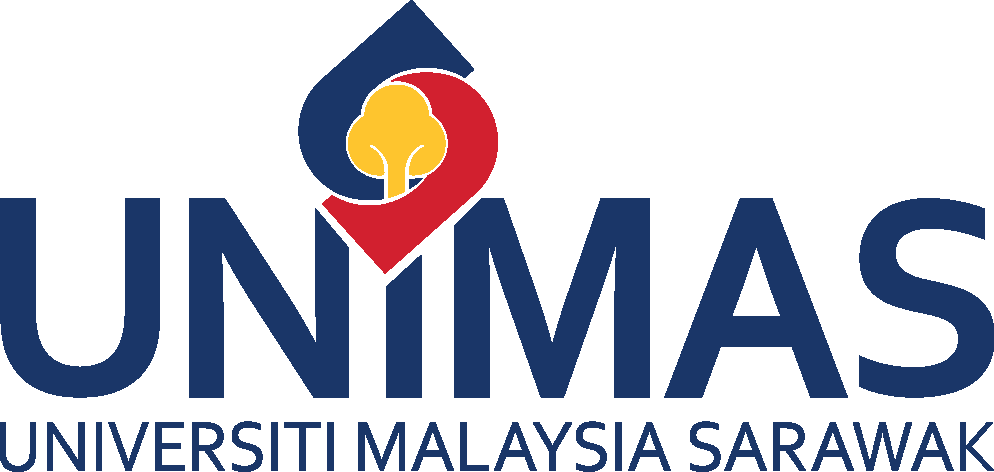Future Ready Curriculum(FRC)
A Future-Ready Curriculum is an educational framework designed to equip students with the skills, knowledge, and adaptability needed to succeed in an increasingly dynamic and technology-driven world. It emphasizes interdisciplinary learning, industry relevance, digital competency, and lifelong learning to prepare graduates for emerging challenges and opportunities.
Importance of a Future-Ready Curriculum
In a Future-Ready Curriculum (FRC), traditional exams are complemented or replaced by alternative assessments that focus on real-world applications, problem-solving, and student-centered learning. These assessments provide a more holistic evaluation of students' skills and competencies, ensuring they are prepared for industry and lifelong learning.
Alternative Assessment
References:
- Bridges the Skills Gap – Aligns education with industry demands, ensuring graduates possess relevant technical and soft skills.
- Enhances Employability – Equips students with critical thinking, problem-solving, and digital literacy, making them competitive in the global job market.
- Encourages Lifelong Learning – Promotes adaptability and self-directed learning to keep up with rapid technological advancements.
- Supports Innovation and Entrepreneurship – Fosters creativity, design thinking, and entrepreneurial mindset.
- Prepares for IR 4.0 and Beyond – Integrates AI, automation, and other emerging technologies into the learning experience.
- Paragogy (Peer-to-Peer Learning) – Students co-create knowledge and learn collaboratively, fostering critical thinking and teamwork.
- Heutagogy (Self-Determined Learning) – Encourages self-directed, autonomous learning where students take responsibility for their education.
- Cybergogy (Digital and Online Learning) – Integrates technology-enhanced learning through virtual classrooms, gamification, and AI-driven education.
- Futuristic Learning Spaces – Incorporates smart classrooms, makerspaces, and hybrid learning environments to support active, hands-on learning.
- Immersive Learning – Uses VR, AR, and simulations to create engaging, experiential learning experiences that enhance conceptual understanding.
In a Future-Ready Curriculum (FRC), traditional exams are complemented or replaced by alternative assessments that focus on real-world applications, problem-solving, and student-centered learning. These assessments provide a more holistic evaluation of students' skills and competencies, ensuring they are prepared for industry and lifelong learning.
Alternative Assessment
- Authentic Assessment
- Students apply their knowledge to real-world scenarios rather than theoretical tests.
- Examples: Case studies, project-based assignments, industry-based problem-solving tasks.
- Performance-Based Assessment
- Measures students' ability to perform tasks or demonstrate skills in practical situations.
- Examples: Presentations, prototyping, coding challenges, design portfolios.
- Integrated Assessment
- Combines multiple learning areas into a single, comprehensive evaluation to reflect real-world complexity.
- Examples: Interdisciplinary projects, research-based assignments, cross-course problem-solving.
- Challenge-Based Assessment
- Students tackle real-world challenges and propose innovative solutions, often working collaboratively.
- Examples: Hackathons, design thinking challenges, sustainability projects.
- Personalized Assessment
- Adapted to individual learning styles, strengths, and career aspirations, allowing students to showcase their unique abilities.
- Examples: Self-directed projects, learning contracts, adaptive learning tasks.
- Profiling-Based Assessment
- Focuses on long-term skill development and competency mapping, assessing a student's progress over time.
- Examples: Digital portfolios, competency-based evaluations, personal development tracking.
References:
- KERANGKA KURIKULUM TERSEDIA MASA HADAPAN _JPT 2020_LATEST.pdf
- Elemen 2_ Learning & Teaching Delivery.pdf
- Elemen 3_ Pentaksiran Alternatif.pdf
- JPT: ALTERNATIVE ASSESSMENT HIGHER EDUCATION


